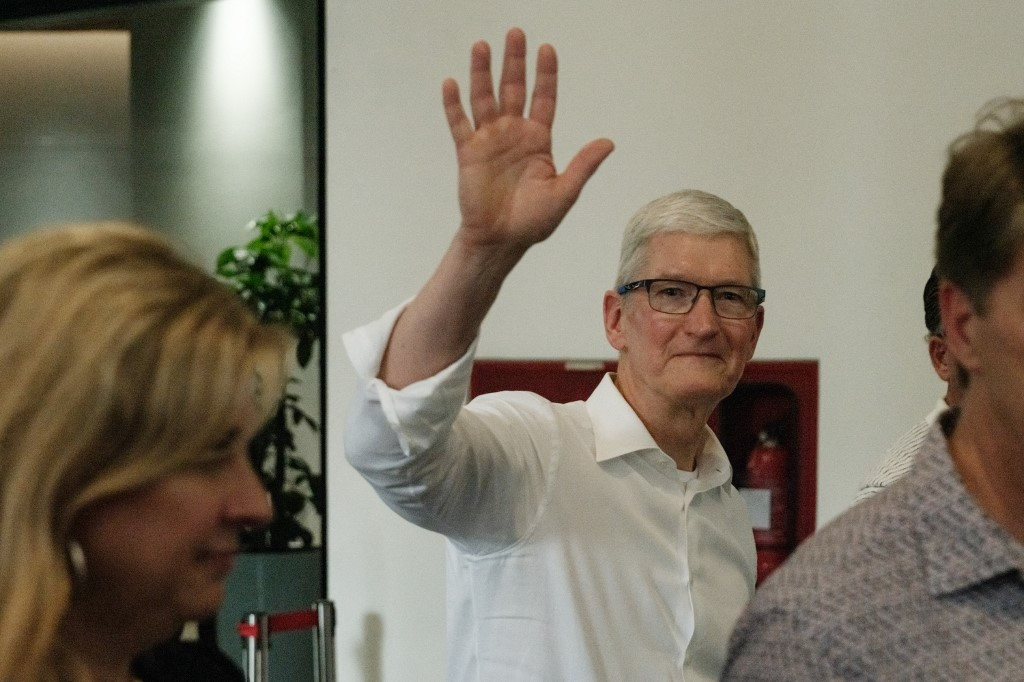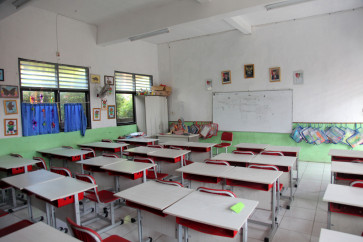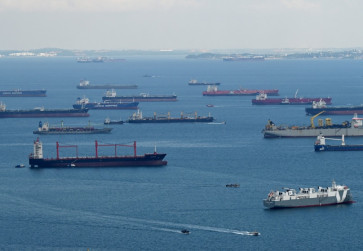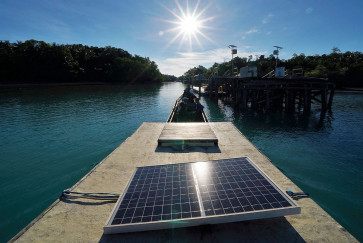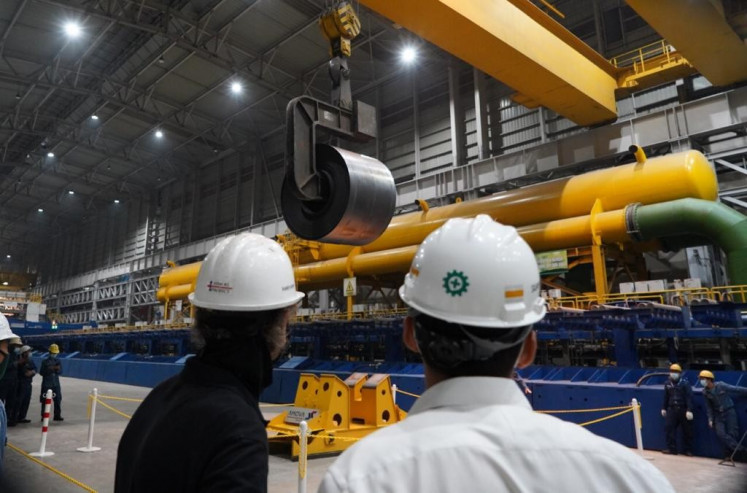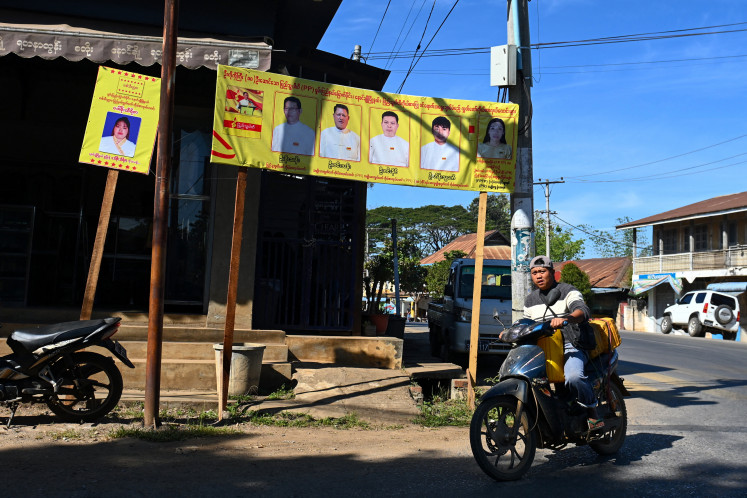Popular Reads
Top Results
Can't find what you're looking for?
View all search resultsPopular Reads
Top Results
Can't find what you're looking for?
View all search resultsApple's dilemma: Indonesian consumers or supply chain efficiency
The government has called for an investment from Apple that matches those made in peer countries.
Change text size
Gift Premium Articles
to Anyone
V
ietnamese consumers spent around US$45 million on the iPhone 16 during its first pre-order day on Sept. 27, with the iPhone 16 Pro and Pro Max being the top sellers and Desert Titanium the most popular color. By contrast, Indonesian consumers are still waiting for the iPhone 16, which has been delayed because of Apple’s failure to meet the country’s local content requirements (TKDN).
While Apple operates an online Apple Store in Vietnam and has integrated the country into its global supply chain, Indonesia remains on the sidelines of Apple’s supply chain strategy. This has led the government to accuse Apple of treating Indonesia unfairly, despite it being the largest iPhone market in Southeast Asia. The government has called for an investment from Apple that matches those made in peer countries.
This request puts Apple in a dilemma. On one hand, Indonesia is a large and important market that Apple cannot afford to ignore. On the other, its global supply chain is a highly intricate network, relying on independent suppliers allowing Apple to maintain efficiency and scale. Apple outsources the components to hundreds of suppliers worldwide and assembles them into final products through Foxconn, Pegatron, Wistron, Luxshare and Tata Electronics operations in China and India. The Taiwanese Foxconn, a contract electronics maker, is Apple's biggest iPhone maker, accounting for 70 percent of iPhone shipments globally from its factory in China.
In the past two years, Apple and Foxconn have been reducing their dependence on China, where much of its assembly takes place, underscoring the complexity of the situation. The COVID-19 pandemic exposed the risks of relying on a single production hub, as seen when a Foxconn factory in Zhengzhou, China, experienced multiple shutdowns and protests in November 2022. In response, with strong support by Apple, Foxconn has been relocating some of its manufacturing to Vietnam.
Geographical proximity has been a driving force behind this relocation. China remains the manufacturing hub for Apple’s GSC, with 156 component suppliers in 2023. Foxconn’s facilities are concentrated in the northern Vietnam provinces of Bac Ninh, Bac Giang, Vinh Phuc and Quang Ninh, near the Chinese border. Other Apple suppliers in Vietnam also operate in these regions, creating an industrial ecosystem supporting Apple’s global supply chain.
In contrast, Indonesia has minimal integration into Apple’s supply chain. Of the 188 companies across 451 locations in 25 countries on Apple’s 2023 supplier list, only one, Yageo Corporation, operates in Indonesia. In the 2018 list, Coilcraft, Kemet Corp, Panasonic and Murata operated in Indonesia. The first three were no longer listed in 2023, while Murata’s locations fell from 25 to 10, excluding Indonesia. Suppliers rose in Vietnam (25 to 35), Thailand (16 to 24), Malaysia (17 to 19) and Singapore (17 to 23), and were stable in the Philippines at 17.
This lack of supplier presence makes it impossible for Apple to meet the required 35 percent TKDN. To comply, Apple has been relying on its Developer Academy innovation program, but the company has fallen short of its $107.8 million commitment for 2021-2023, investing only $93.3 million so far, with a $14.5 million gap remaining.

